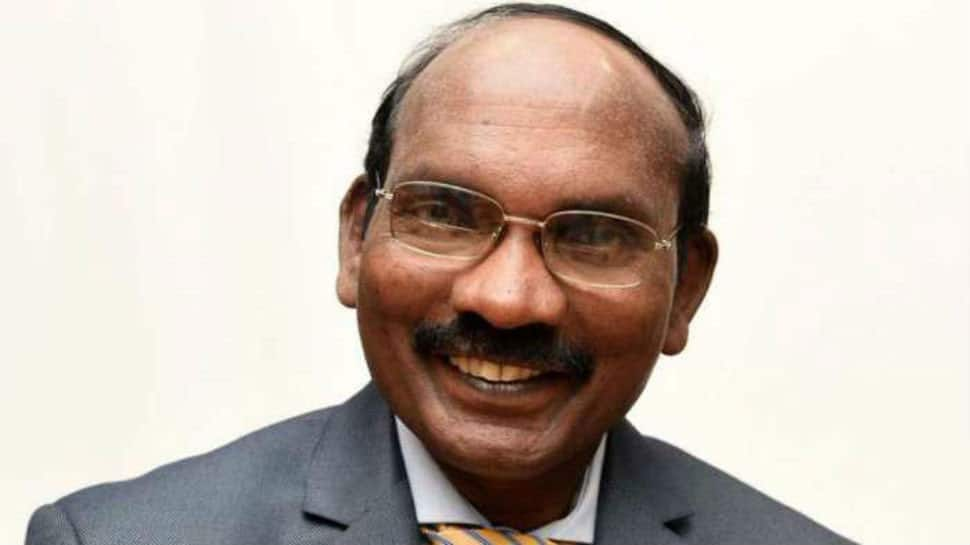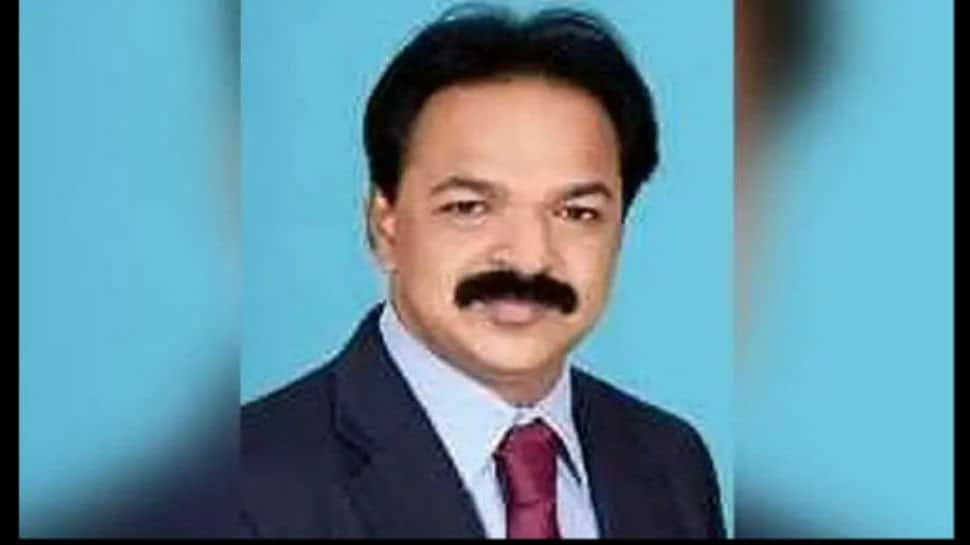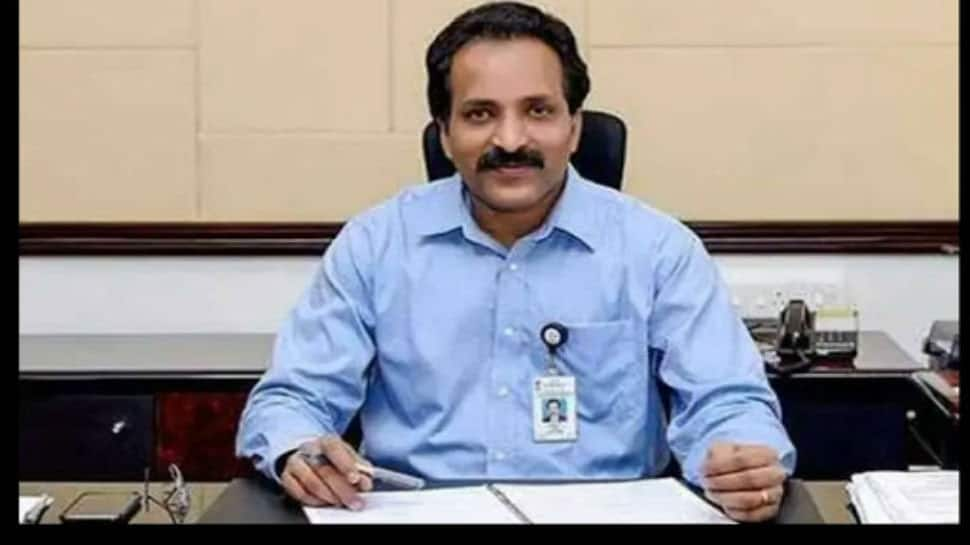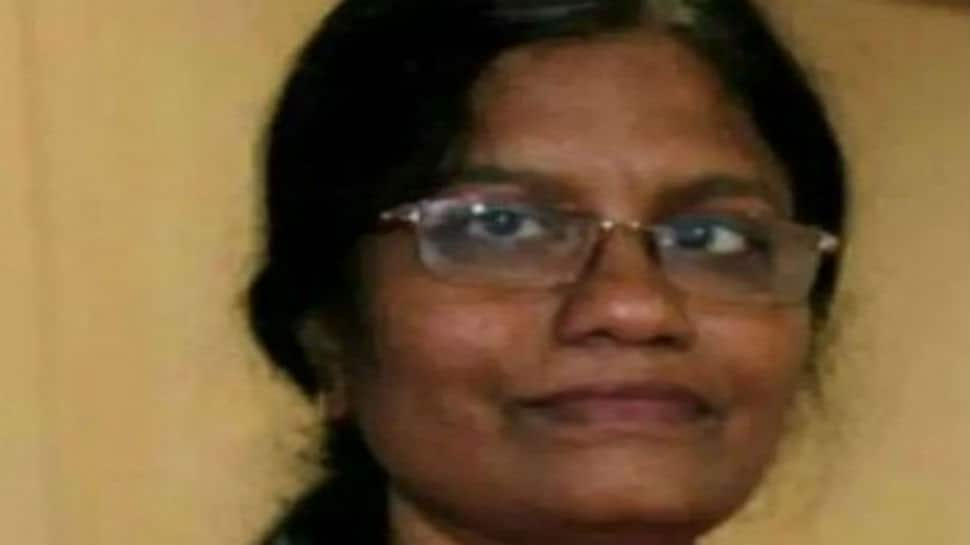One aim, thousand brains: The team that led India's Chandrayaan 2 mission
While the contribution of each and every scientist at ISRO is invaluable in making the launch of Chandrayaan 2 a success, a few men and women stand out for their leadership as well as genius.
Trending Photos
)
Doing what no one has ever done before requires steely determination and ginormous aptitude. Scientists at the Indian Space Research Organisation possess both in ample quantities and then some more. Over 1000 scientists worked relentlessly over the past several years on the ambitious Chandrayaan 2, a mission that promises to once again stamp India as a dominant player in space exploration. On Monday, ISRO successfully launched the Chandrayaan 2 mission to boldly make way towards the far side of Moon, a side no country has ever made a soft landing on.
If all goes to plan, India will be the first country to make a soft landing on the South Pole of the Lunar surface and only the fourth - after the US, Russia and China - to make a soft landing on Moon at all. ISRO suspects there is water on the unexplored side of the Moon and Chandrayaan 2 mission, if a complete success, can provide invaluable knowledge.
It is a daunting task but ISRO knows just what it takes to reach for the stars.
While the entire team at ISRO deservedly received massive applause from the country for successfully launching the mission, there were several key members who were responsible for spearheading the work and taking it towards reality. Here is taking a look at some of them:
K Sivan, Chairman, ISRO:

The face of ISRO, Sivan has been the key pillar at ISRO and an inspirational figure to fellow scientists in all their endeavours in recent years. An alumni of Madras Institute of Technology from where he received his degree in Aeronautical engineering back in 1980, Sivan joined ISRO in 1982. He would go on to complete his PhD in Aerospace engineering from IIT, Bombay in 2006.
While he worked on the PSLV project in the 1980s, proving his genius in end to end mission planning, mission design, mission integration and analysis, he joined GSLV Project in April 2011 as Project Director. Through all his years at ISRO, he has held several key positions and also has several publications in several journals to his credit.
Chairman is responsible for each and every step which includes project, design, planning, and launch which passes through his minute perusal and approval. All major or minor decision related to the mission are taken by the Chairman only.
P Kunhikrishnan, Director UR Rao Satellite Centre (USRC):

Kunhikrishnan became part of ISRO in the Systems Reliability Entity of Vikram Sarabhai Space Centre (VSSC) back in 1986 after successfully completing B.Tech in Electronics & Communication from College of Engineering, Trivandrum (CET). In the ensuing years, he played a massive role in a number of launch vehicle missions of ISRO.
Known for his foresight and meticulous planning, he has served as Director of Satish Dhawan Space Centre SHAR and Project Director of Polar Satellite Launch Vehicle. As Project Director, he oversaw 13 consecutive and successful PSLV missions.
Kunhikrishnan joined URSC - the lead Centre of ISRO responsible for the design, development and realization of all the satellites - on August 1 of 2018. He has been the recipent of several awards and recognitions for his contributions in the field of satellites.
Director at URSC is involved in and responsible for the design, development and realization of all the satellites of Indian Space Programme.
S Somnath, Director, Vikram Sarabhai Space Centre (VSSC):

VSSC is responsible for all launch vehicle programs of ISRO and as its Director, S Somnath has had a crucial role to play in Chandrayaan 2.
Somnath joined ISRO in 1985 and, according to VSSC, was a team leader for Integration of PSLV during its early development phase and during the first flight of PSLV and the successful second flight PSLV-D2. He would go on to join the GSLV MkIII Project in 2003 and was responsible for overall design of the vehicle, mission design, structural design and integration. He became the Project Director of GSLV Mk-III from June 2010.
As Director of Liquid Propulsion Systems Centre (LPSC) at ISRO, a position he took over in June of 2015, he played a key role in Indian cryogenic stages for four successful missions of GSLV and eleven successful missions of PSLV with the liquid stages realized by LPSC. Fifteen successful satellites were also launched using propulsion systems supplied form LPSC, according to VSSC which also informs that Somnath is an expert in the area of system engineering of Launch vehicles.
Somath has a degree in B. Tech in Mechanical Engineering from TKM College of Engineering, Kollam. He also did his Masters in Aerospace Engineering from Indian Institute of Science, Bangalore.
Director at VSSC is involved in and responsible for upgradation and technological changes to GSLV-Mark (MK) III which carried Chandrayan 2.
Vanitha M, Project Director of Chandrayaan 2 and senior scientist at ISRO:

With an association of over three decades with ISRO, there could not have been a better choice for Project Director of Chandrayaan 2 than Vanitha Muthayya.
Vanitha has a degree in electronics and communication and a number of media reports suggest that despite all her experience, she was initially reluctant to be the Project Director of Chandrayaan 2 but was eventually persuaded. After all, her experience as a systems engineer made her the right candidate.
Before Chandrayaan 2 mission, Vanitha played an extremely important role in the Mars Orbiter Mission in 2013 - also called Mangalyaan.
Project Director is the person who contemplates design and technology to be used for settlite. So a project director engineer skill plays a major role in the success of the project.
Ritu Karidhal, Mission Director of Chandrayaan 2 and senior scientist at ISRO:

Karidhal has played a massive role in Chandrayaan 2's successful launch and has had to shoulder massive responsibility to deliver on the plans. She has been quoted in previous media reports as saying that she and the entire team - irrespective of gender - have had to work extremely long hours on the Chandrayaan 2 mission over the past several years.
Karidhal is an alumnus of IISC in Bengaluru from where she completed her M.Tech. This after an M.Sc. in Physics from Lucknow University. She would join ISRO in 1997 and soon proved herself through sheer hard work.
Karidhal was previously the Deputy Director (Operations) for the Mars Orbiter Mission.
A recipient of several awards, including 'Young Scientist Award' in 2007 from APJ Abdul Kalam, Karidhal has published several papers in noted journals.
Mission Director has the responsibility to plan the entire mission journey. The appropriate time, route, manoeuvre landing until spacecraft successfully achieves its mission.
Stay informed on all the latest news, real-time breaking news updates, and follow all the important headlines in india news and world News on Zee News.
Live Tv







)
)
)
)
)
)
)
)
)
)
